Catching Nature in the Act
Raumur and the Practice of Natural History in the Eighteenth Century
Mary Terrall
The University of Chicago Press
Chicago & London
MARY TERRALL is professor of history at the University of California, Los Angeles. She is the auhor of The Man Who Flattened the Earth: Maupertuis and the Sciences in the Enlightenment, also published by the University of Chicago Press.
The University of Chicago Press, Chicago 60637
The University of Chicago Press, Ltd., London
2014 by The University of Chicago
All rights reserved. Published 2014.
Printed in the United States of America
23 22 21 20 19 18 17 16 15 14 1 2 3 4 5
ISBN-13: 978-0-226-08860-0 (cloth)
ISBN-13: 978-0-226-08874-7 (e-book)
DOI: 10.7208/chicago/9780226088747.001.0001
Library of Congress Cataloging-in-Pubication Data
Terrall, Mary, author.
Catching nature in the act : Raumur and the practice of natural history in the eighteenth century / Mary Terrall.
pages cm
Includes bibliographical references and index.
ISBN 978-0-226-08860-0 (cloth : alkaline paper)
ISBN 978-0-226-08874-7 (e-book)
1. Natural historyHistory18th century. 2. Raumur, Ren-Antoine Ferchault de, 16831757. 3. NaturalistsHistory18th century. I. Title
QH15.T47 2014
508dc23
2013016604
 This paper meets the requirements of ANSI/NISO Z39.48-1992 (Permanence of Paper).
This paper meets the requirements of ANSI/NISO Z39.48-1992 (Permanence of Paper).
For Noah and Adam
CONTENTS
The Terrain of Natural History
AN EIGHTEENTH-CENTURY READER familiar with contemporary natural history would recognize this passage by the Dutch naturalist and artist Pierre Lyonet as rather typical of the genre:
The fact [of insect respiration] seems to me clearly demonstrated for many kinds of aquatic insects; I mean those that one often sees lifting the end of the tail to the surface of the water, and remaining there as if suspended [from the surface]. These tails are their organs of respiration, and they only hold them thus in the air in order to breathe. To convince yourself of this, you have only to cover the surface of the water where they are kept, with something that prevents them from lifting their tails to the surface. Right away you will see them rush about and search with extraordinary distress for some opening where they can insert this extremity of their body. If they do not find such an opening, very soon you see them go to the bottom and die, often in much less time than it would take to drown the most delicate terrestrial insect.... Anyone who might wish to do this experiment should be aware that not all aquatic insects that breathe through the hind end die equally quickly when they are prevented from getting to the air.
This snippet of text exposes to view a peculiarity of insect lifethe behavior of a particular kind of water bug, and the deduction that insects require air for respirationalongside instructions for readers who might want to see such things for themselves. The naturalist-author assumes the participation of his readers, with such offhand phrases as those that one often sees or you will see them rush about, and demonstrates almost casually how to devise an experiment to test a proposition and how to reason from the results. Lyonet could almost be talking to someone across a tub full of aquatic insects (the water where they are kept), giving his interlocutor the benefit of his long experience with such creatures. He knows how long it takes to drown terrestrial insects as well as different sorts of aquatic ones not enumerated here. He has evidently lived with these insects, not only watching their movements, but interfering with themdepriving them of air and timing their death throes.
In Lyonets day, natural history was many things to many peoplediversion, obsession, medically or economically useful knowledge, evidence for Gods providence and wisdom, or even the foundation of all natural knowledge. Everything from the realms of animal, vegetable, and mineral became grist for the mill of its investigations. This science was so extensive and multifaceted, and practiced by such a variety of people around the globe, that it could hardly be considered a discipline, nor did its practitioners necessarily share institutions, training, or theoretical predilections. They were, however, unified by their dedication to observing, cultivating, chasing, collecting, experimenting, dissecting, preserving, drawing, and describing all manner of creatures (as well as plants and fossils and rocks). Pursuing these activities with varying degrees of intensity, they formed elaborate clusters and networks of exchange, collaboration, and debate.
An exploration of these exchanges and disputes will expose the dynamics of the production of knowledge about the living world and the way that different kinds of people made natural history an intimate part of their daily lives. Natural history was at once diffuse, with its subject matter everywhere, and intensely focused, as its practitioners amassed minute and seemingly inconsequential details of structure or function. Working from the letters, drawings, and printed material that circulated through a dispersed community of naturalists, I attempt in this book to capture the motivations and interests that drove people to invest enormous time and effort into investigation of the intricacies of insects, worms, birds, and such. By picking out some interconnected individuals, studies of particular species, and large theoretical issues, I assemble a collage of scientific practices operating in different registers and on different scales across Europe and around the globe. Along the way, I examine the place of natural history relative to other sciences in the francophone world of the early Enlightenment. For the most part, I leave aside taxonomic questions, because these were not central concerns of the men and women whose observations and collections fill the pages of this book. In leaving aside taxonomy, I am, of course, leaving aside botany, where classification and nomenclature were central matters of debate.participated in it in one way or another? What drew them into such intricacies as the mechanics of metamorphosis or the mating behavior of mayflies or the sex of bees? How did they tie these phenomena to pressing theoretical issues like spontaneous generation or materialism? What techniques did they develop for seeing what had never been seen before?
In practice, boundaries between the sciences were generally fluid in the eighteenth century. Most fields, with the exception of medicine, required no particular training regimens, and men of science often moved among different subjects, from mathematics to astronomy to chemistry to botany. Many others, like Pierre Lyonet, pursued their scientific interests only when their other obligations allowed them the time to do so. This is not to say that there were no specialist traditions in these fields; certainly much of the knowledge produced in any of these areas was opaque to outsiders. But even when institutional divisions reified subject areas, as in the classes of the Paris Academy of Sciences, academicians frequently crossed these divisions between fields when choosing their research topics and staking their claims. In any case, the Academy of Sciences had no designated class of natural history, although natural historical observations and experiments found their way into virtually every meeting and every issue of its journal. Many of these reports were communicated by distant correspondents, making the institution a vital node in the informal network of naturalists and travelers worldwide.
Natural history was closely tied to the mission of the Academy of Sciences to test, authorize, and initiate useful knowledge of all kinds. It was also part of the larger culture of curiosity, amusement, and polite learning shared by urban and provincial elites. Partly because natural history encompassed so many areas and kinds of knowledge, it engaged readers, collectors, and observers without appealing to all of them for the same reasons. At the academy, natural history brought the institution into contact with its public, as systematic studies of particular creatures, substances, or phenomena took their places in the pages of the annual journal alongside eclectic and singular observations of curiosities or rarities, often sent in by distant correspondents. The semiannual public assemblies usually included a presentation on some natural historical topic, which would then be reportedoften in considerable detailin the press.
Next page

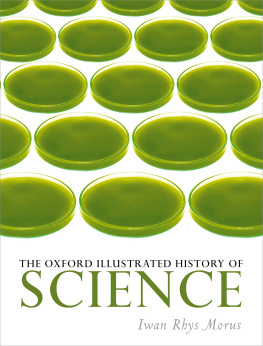
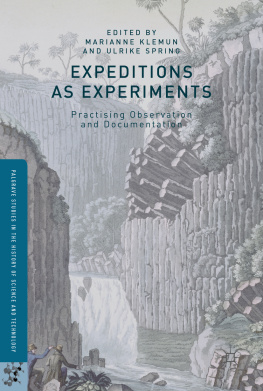
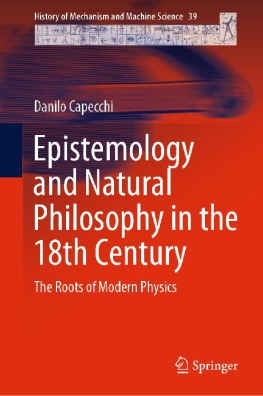
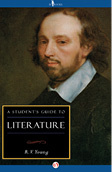
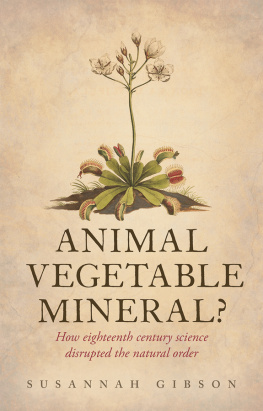
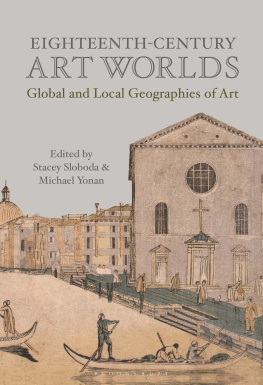

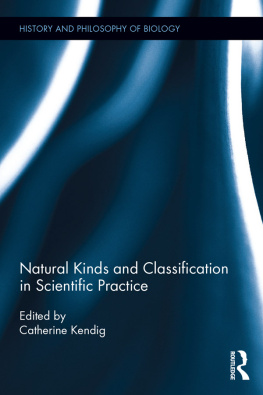

 This paper meets the requirements of ANSI/NISO Z39.48-1992 (Permanence of Paper).
This paper meets the requirements of ANSI/NISO Z39.48-1992 (Permanence of Paper).